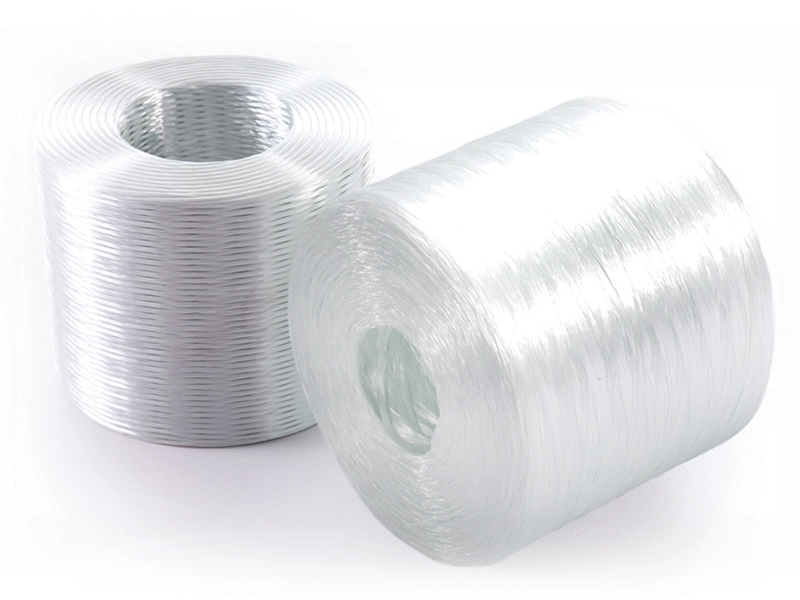
Ready to experience high-quality products at a price that works for you? Contact us for a quote today!
456 is a premium grade Class-A SMC roving coated with a silane-based sizing compatible with unsaturated polyester and vinyl ester resins.
456 is suitable for producing high viscosity pastes and high production-rate thick sheets. It is mainly used to form
automotive parts requiring very smooth surfaces, such as bonnets, doors, guard plates and bumpers. It can also be
used to make agricultural machine parts, building materials, and sports equipment, etc.
Product Features
- Excellent choppability and anti-static property
- Excellent wet-out
- Moderate sheet resilience
- Outstanding molding fluidity and flat surface of parts
Specification
| Glasstype | E | |||
| Sizingtype | Silane | |||
| Typicalfilamentdiameter(μm) | 15 | 16 | ||
| Typicallineardensity(tex) | 2400 / 4400 | 4400 / 4800 | ||
| Example | ER16-4800-456 | |||
Technical Parameters
| Item | Linear density variation | Moisture content | Sizing content | Stiffness |
| Unit | % | % | % | mm |
| Test menthod | ISO1889 | ISO3344 | ISO1887 | ISO 3375 |
| Standard range | ±4 | ≤0.07 | 2.00±0.20 | 170±20 |
Instructions
- The product is best used within 12 months after production, and should be kept in the original package before use.
- Care should be taken when using the product to prevent it from being scratched or damaged.
- The temperature and humidity of the product should be balanced with the ambient temperature and humidity before use, and theambient temperature and humidity should be properly controlled during the use.
- When using the product, please control the tension properly and ensure the tension uniformity.
Packaging
For detailed package size information, please download the product manual to view!
Storage
Unless otherwise specified, the fiberglass products should be stored in a dry,cool and moisture-proof area.The best temperature and humidity should be maintained at -10℃~35℃ and ≤80% respectively. To ensure safety and avoid damage to the product, the pallets should be stacked not more than three layers high. When the pallets are stacked in two or three layers, special care should be taken to correctly and smoothly move the upper pallet.